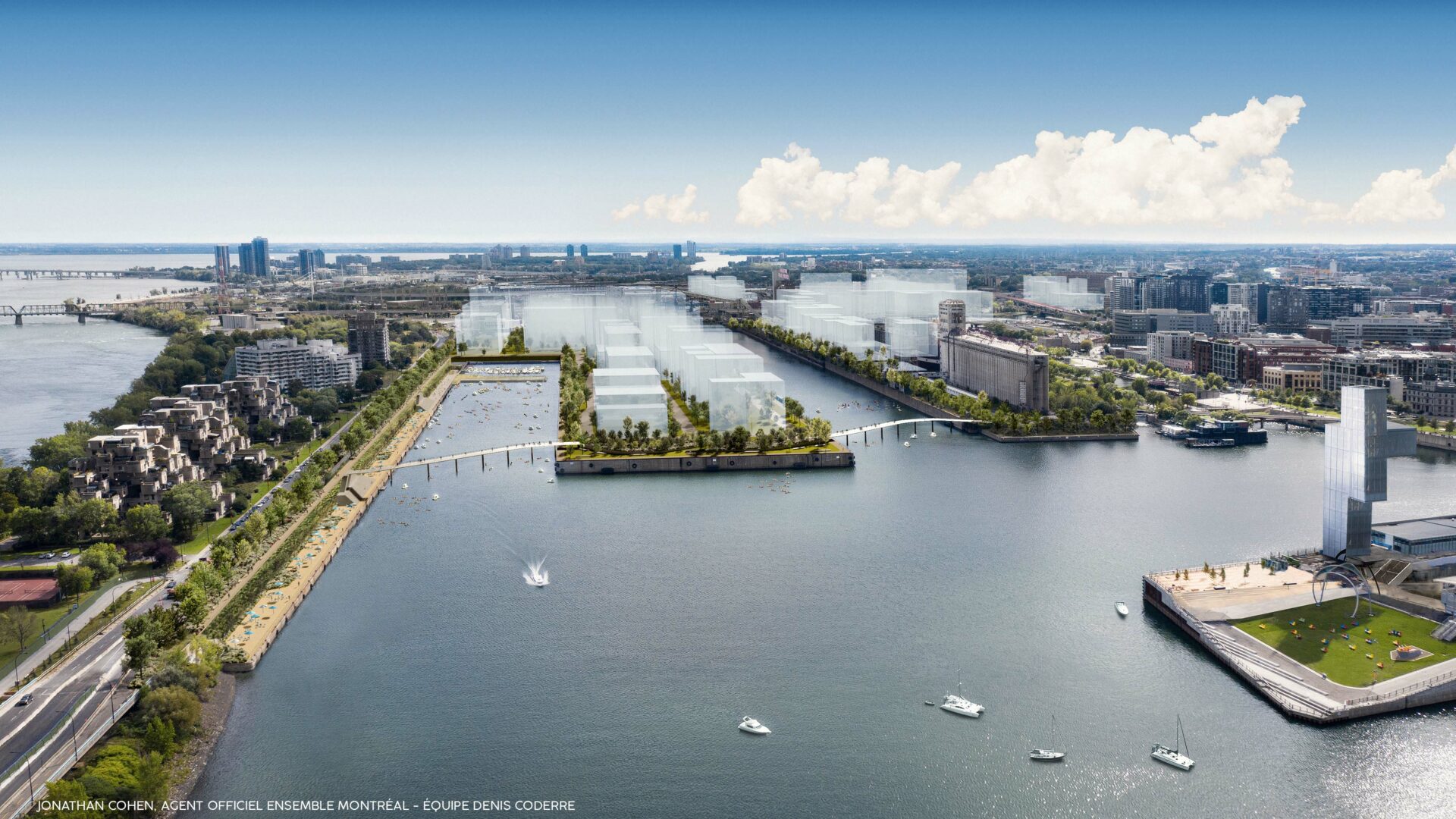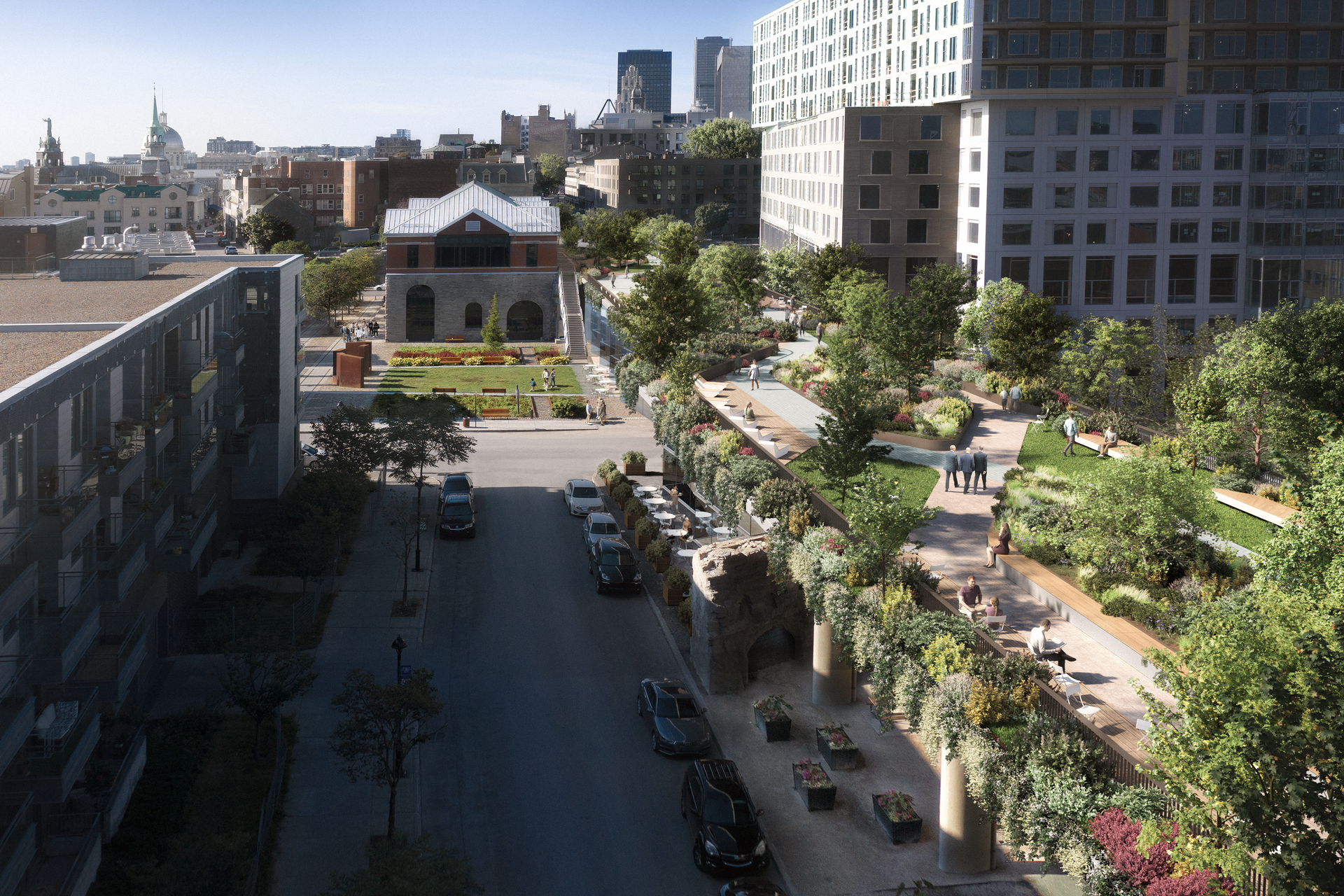Major projects for a metropolis we will be proud of
Transfer of jurisdiction over school buildings to municipalities
In order for development planning to anticipate the need for schools and not forget that they are part of the equation for families, Ensemble Montréal is convinced that jurisdiction over school buildings must be transferred to the City of Montreal. Too often, the multiplication of actors delays or prevents negotiations.
Furthermore, schools have libraries, sports facilities or courses that can be used by a larger number of people, what is called the collaborative economy, but at the moment, the overlapping of levels does not allow for their optimal use. The city already manages the library and sports and recreation activities on its territory, so it would make perfect sense to transfer the use of these school facilities to the city.
The Coderre-Gelly administration will ask the Quebec government to transfer authority over school buildings to the city.
Cité-du-Havre: a new neighbourhood for a 21st century metropolis
We propose to transform the Montreal experience with the creation of a new neighbourhood with unparalleled potential: the Cité-du-Havre neighbourhood.

- This new mixed-use neighbourhood with a potential of 10,000 to 20,000 units will highlight the legacy of Expo 67 and the industrial heritage.
- It will serve as both a living environment for its new residents and an international showcase for Montreal through its innovative character, beauty and cultural offerings.
- This district will extend the experience of the Old Port to the West, the South and the Lachine Canal, giving access to the waterfront with a half-kilometre beach on the inner edge of the Mackay Pier, providing a breathtaking view of the city, and offering water sports and activities on the three large basins (Peel, Pointe-du-Moulin and Bickerdike).
- This major redevelopment project will also connect Old Montreal to Parc Jean-Drapeau (via Dieppe Park) with the construction of two active transportation bridges at the end of the Bickerdike and Pointe-du-Moulin docks.
Covering the Decarie Expressway
We propose to replace this urban scar that cuts the city and its neighbourhoods in half with parks, services for residents, and sports facilities, covering the trench. The service roads will be reduced from three to two lanes in both directions to make the street safer for pedestrians. The first will be between Queen Mary Road and Cote St. Catherine Road. The overlay will provide new green space for residents including outdoor sports facilities, family facilities, and also a recreation area and fountain. While this overlay will necessarily take a long time, Ensemble Montréal, in its first mandate, will conduct a feasibility study and then have the project added to the Plan québécois des infrastructures. A citizen consultation will be conducted via the Office de consultation publique de Montréal (OCPM) so that citizens can improve the project and make it their own, and a signature urban design contest will be set up so that the project stands out as the “diversity feature” of Montreal.
Completing the Ville-Marie Expressway Overlay
We propose to reconnect Old Montreal to the rest of the city with a signature development. This project includes the expansion of the Palais des congrès and the Place des Montréalaises over the highway to create the largest public square in Montreal. A design competition will be held to ensure that the aesthetics of this new place will be seen internationally. We will have the overlay of the Ville-Marie Expressway included in the Plan québécois des infrastructures (PQI) and offer Montrealers a brand new emblematic project that will contribute to the dynamism of the downtown.
Notre-Dame-en-Hauteur: a suspended line at the gateway to Old Montreal

We propose the pedestrianization and greening of the Notre-Dame viaduct between Berri and Montcalm streets through the creation of a suspended linear park of nearly half a kilometer, similar to the High Line in New York and the Viaduc des Arts in Paris. A portion of the undeveloped underside of the viaduct could be used for artists’ studios, co-working spaces, cafés, startup incubators, etc. This new destination will connect the new Faubourgs district to Old Montreal.
The Hippodrome eco-neighborhood
Within the first 100 days of a mandate from Ensemble Montréal, a call for projects will be launched for the development of the new Hippodrome district, which will include 6,000 new housing units, the majority of which will be family-owned, with a good portion being affordable and social.
The winning consortium will have to complete the project quickly and start construction as soon as possible. The agreement signed with the Quebec government stipulates that work must begin before 2023.
This new district will have to be designed to attract many young families by creating an adequate living environment and the necessary infrastructures. Ensemble Montréal makes the retention of young families in Montreal one of its main priorities.

